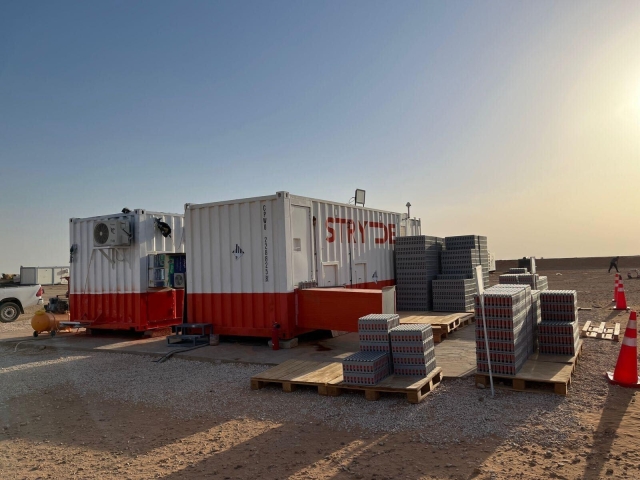Featured in Oil Review Middle East.
As the Middle East heightens its focus on onshore energy exploration, the demand for efficient, scalable, and high-resolution seismic data acquisition has never been greater. Conventional land seismic methods, while well-established, often face constraints around flexibility, operational efficiency, and data quality, especially in areas with complex geology and infrastructure limitations.
To meet these modern demands, STRYDE is pioneering a shift toward a modular, containerised approach to nodal seismic acquisition. The STRYDE Pro System™ is engineered to handle ultra-large-scale surveys, with capacity for handling up to one million nodes, while offering agility across varied environments. Built around the principle of operational efficiency at scale, it marks a significant departure from the limitations associated with bulkier nodal seismic systems.
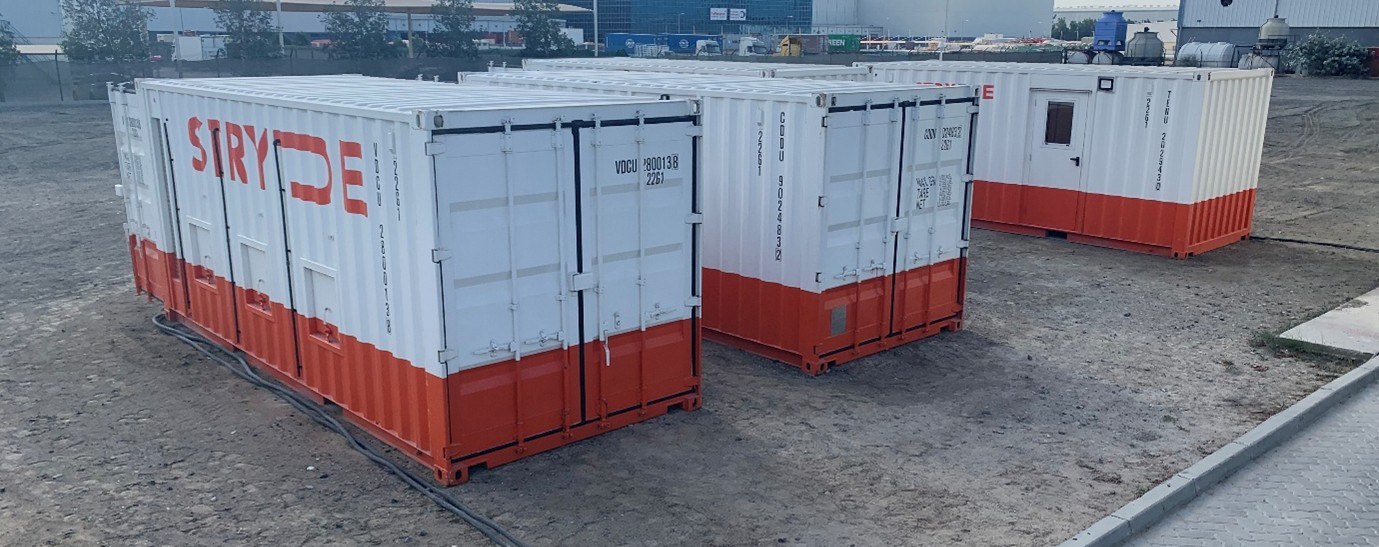
A modular approach to seismic acquisition
While modularity is not new to seismic acquisition, STRYDE’s Pro System™ differentiates itself through full ecosystem integration, from bulk node charging and download, to data QC and final data delivery.
At its core lies a design that is centred around bulk, rather than individual, handling of nodes, allowing trays of 90 nodes to be charged and downloaded simultaneously. This contrasts with the node-by-node handling required by all other nodal systems on the market today. This 90-fold increase in efficiency reduces man-hours, streamlines camp operations, and cuts both capital and operational expenditure. Compact, high-capacity racks minimise the physical footprint of camp infrastructure, enabling seamless scale-up without logistical bottlenecks.
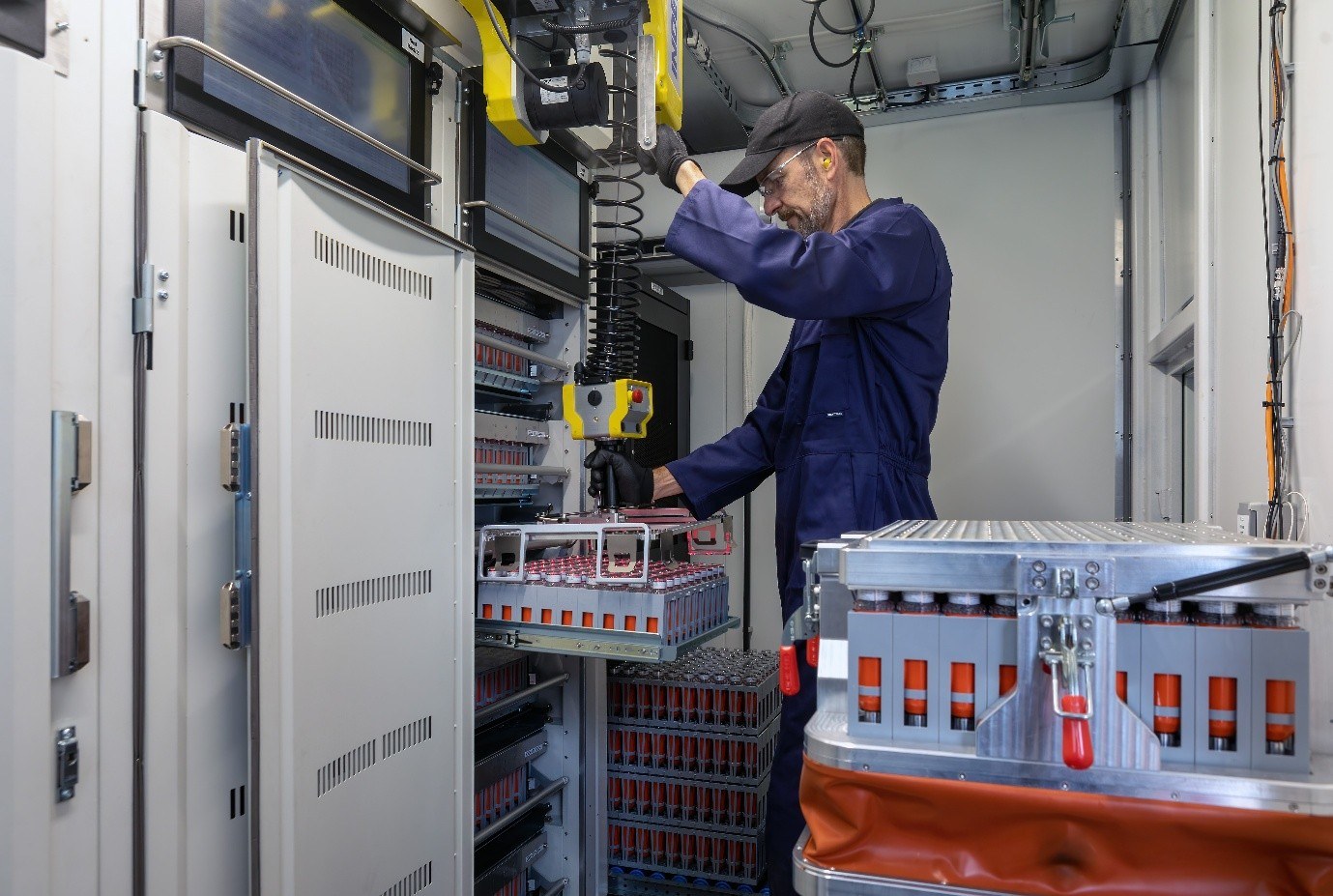
Wireless inductive charging and optical data download eliminates the need for exposed connectors, enhancing the durability and performance of STRYDE nodes in harsh field conditions. The use of short-range, interference-free, optical data transmission ensures trays of STRYDE nodes can be connected to download racks very quickly for highly reliable data download regardless of the channel count.
Other nodal systems use either wired or radio-based data download, both of which become increasingly impractical and unreliable as channel counts scale. Also built into the system is STRYDE's proprietary Node Test System - an in-field shaker table that enables gold-standard validation of receiver health and integrity. No other nodal system provides this level of diagnostics for ongoing assessment of recording equipment health.
A step change in field operations
STRYDE’s field philosophy is grounded in ergonomic, low-impact deployment. Lightweight nodes and deployment accessories allow teams to operate efficiently on foot, even in infrastructure-dense, environmentally sensitive, or remote terrain. Purpose-designed deployment backpacks facilitate hands-free navigation to pre-plotted positions and enable easy node transport, replacing the improvised methods still relied upon by other node providers, which slow down field operations, lack proper ergonomics, and increase the chance of equipment damage.
The result: streamlined operations that require fewer personnel and vehicles - translating into cost savings, faster execution, and reduced health, safety, and environmental exposure.
Transforming seismic camps through automation
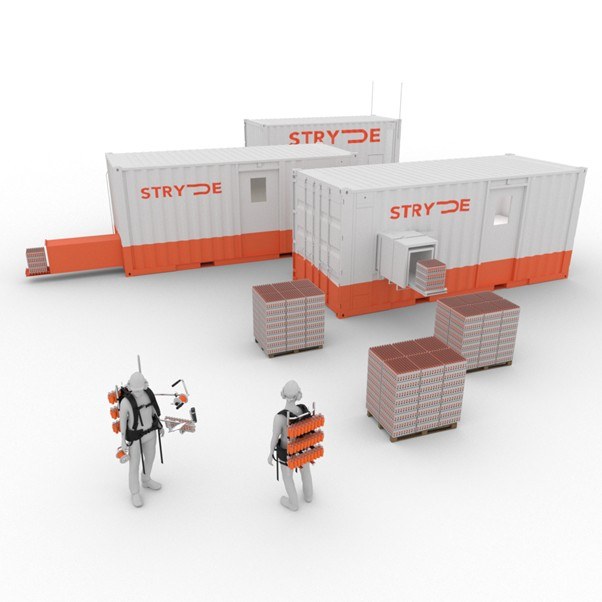
Seismic base camps have long been labour-intensive environments. STRYDE has reformed this with a semi-automated, production-line workflow delivered through three fully integrated, plug-and-play, containerised units:
- Mobile Node Cleaning Unit (MNCU): Capable of washing 270 nodes every five minutes, the MNCU can be connected to two download containers, enabling daily rotation rates of up to 40,000 nodes
- Mobile Node Download Unit (MNDU): Equipped with between two and six charge/download racks, the MNDU can be sized to your project requirements, allowing up to 20,000 nodes to be cycled per day with a single operator. The integrated Node Test System shaker table allows sensor health QC to be efficiently incorporated into camp operations, while a built-in motorized lift allows ergonomic handling of node trays when loading and unloading the shaker table and harvesting racks.
- Mobile Node Recording Unit (MNRU): Provides a clean, secure, and climate-controlled environment for recording system compute and data storage hardware, and the recording system operator. Intuitive, purpose-built, and scalable software allows efficient and effective data management and QC by a single operator, even for the largest nodal operations.
Together, these containerised systems eliminate the need for sprawling support camps, reduce manual handling, and drastically cut personnel requirements. All operations are executed tray-by-tray, mitigating the risks and inefficiencies of node-level interaction.
STRYDE in Oman
The operational advantages of STRYDE’s Pro System™ were put to the test during a landmark project with CCED in Oman, the world’s largest 3D nodal seismic survey, spanning over 29,000 km² and using approximately 165,000 channels.
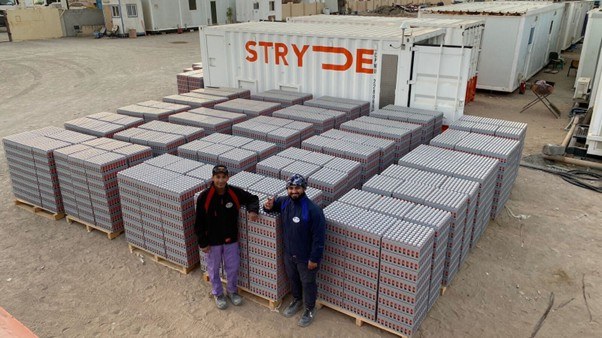
“This nodal technology provides multiple benefits by cutting acquisition costs, minimising HSE footprints (reduced crew from 600 to ~220, and vehicles from 160 to ~40), and enabling expanded land access in sabkha-dune environments, all while maintaining high-quality data acquisition,” said Eskil Jersing, Exploration and Appraisal Director, CCED.
Beyond delivering high-density seismic data, STRYDE’s system helped CCED significantly reduce CO₂ emissions, streamline logistics and enhance worker safety. All of which are aligned with modern environment, social and governance (ESG) mandates.
Reducing disturbance in sensitive environments
In delicate ecosystems and infrastructure-constrained areas, disturbance from seismic operations can quickly become a showstopper. STRYDE’s compact, cable-free nodes and minimalist camp design substantially reduces environmental impact and time on site. Nodes can be deployed by foot, requiring no heavy equipment or vehicles, while the ease of in-field logistics means that the need for fly camps, and their associated permitting, mobilisation, operational, and de-mobilisation costs, can be eliminated.
This operational agility makes it easier to navigate regulatory requirements and maintain social license to operate - a critical success factor in today’s exploration landscape.
Aligned with strategic priorities of NOCs and IOCs
STRYDE’s scalable technology answers the strategic imperatives of both National Oil Companies (NOCs) and International Oil Companies (IOCs).
For NOCs, the system supports long-term exploration programmes with minimal environmental disruption and offers workflows that can be easily localised and scaled through workforce upskilling.
For IOCs operating in high-risk or frontier regions, STRYDE’s agility enables rapid mobilisation, reduced overhead and accelerated decision-making cycles. By delivering dense, affordable seismic data, STRYDE enhances subsurface understanding, critical for unlocking unconventional plays and de-risking joint ventures.
The future of seismic is automated
As the Middle East energy industry pivots toward digitalisation, decarbonisation, and decentralisation, STRYDE is pushing the boundaries of what’s currently possible in seismic and subsurface imaging. The company has created technologies that integrate miniaturization and workflow automation, enabling faster insights with reduced environmental and operational impacts and costs.
In a sector where efficiency, data integrity, and ESG compliance are now business imperatives, STRYDE’s Pro System™ is more than a modular seismic solution; it is a blueprint for the future of exploration.




